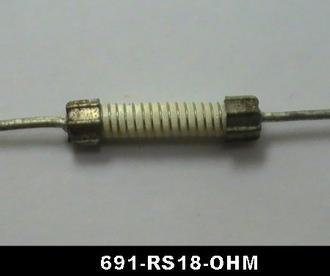I have the original conventional polar express with the puffer smoke unit. It has a green ceramic resistor in it for heat generation but I want to replace it with something that will drastically improve the smoke output. I have already drilled out the the two holes which definitely helped, replaced the wadding, but the last step would be a better resistor. It already smokes a lot better than new, but I want more without going to a fan option.
What specific resistor are you guys using (type, watt, and ohm) to replace the original stock resistor?
I have looked at the older threads, but I hoping someone has already experimented and has a video of the improvement with a recommendation.
Has anyone got a solid recommendation based on their own experimenting? May be even a video as well?
Here's mine that I improved with the original smoke resistor...







